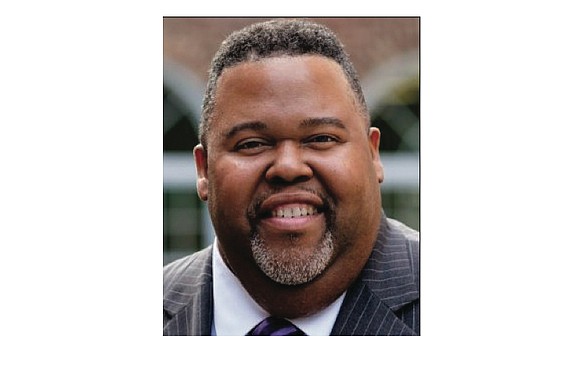Hunger can hamper higher education efforts
5/5/2018, 11:43 a.m.
Dr. Michael A. Baston
A 22-year-old mother of two young children decides to go to class rather than pick up an extra shift at the doctor’s office where she works. The decision, while beneficial to her education, means she won’t have enough money to feed herself and her children sufficiently that month.
An adult learner, recently laid off from his company and working hard to transition to a new, better-paying industry, is studying late into the night in the on-campus library. He hasn’t eaten for two days and the hunger pangs are making it increasingly difficult for him to focus on his work.
An 18-year-old freshman, receiving full Pell scholarship funds that allow him to go to school full time and enter the workforce on schedule, can’t pay for both his rent and food with the money from his part-time, on-campus job. He sleeps in his car at night and relies on visits to the local food pantry to get enough to eat.
These are the increasingly desperate stories of community college students across America. Make no mistake: They are real, and it is a crisis.
Rockland County, N.Y., where I serve as president of Rockland Community College, ranks in the top 1 percent nationally in median income. And yet, I hear stories of my students sleeping in their cars. I am updated regularly on the increasing reliance of my students on our on-campus food pantry to get enough to eat. Every community college in the nation is affected by this problem, not just those in low-income areas.
In March 2017, the Wisconsin HOPE Lab and the American Community College Trustees surveyed 33,000 students at 70 community colleges across 24 states. The results are difficult to bear. Sixty-seven percent of community college students in the survey were reported to be “food insecure,” which was defined as “the limited or uncertain availability of nutritionally adequate and safe foods, or the ability to acquire such foods in a socially acceptable manner.” One-third of students in the survey were shown to have the very lowest levels of food security.
Thousands of students on our campuses are going hungry every day. Community college presidents love to talk about strategies for degree completion to assist students in entering the workforce and moving up the career ladder. There is no doubt that earning an associate degree lifts students out of poverty. But to ensure this path to a stable future, many students who attend community college have to bear the burden of their economic conditions long enough to actually finish their degree.
Every community college president and board of trustees must take this crisis seriously. There are clear recommendations made by the Wisconsin HOPE Lab.
• If an institution does not yet have a one-stop location staffed full time by a case manager or licensed therapist, the time is right for an investment in such a center. At Rockland Community College, our Connection Center conducts an intake of every student who comes in for help. These students then are connected to campus, county and community resources, including our on-campus food pantry, local area food banks, assistance with SNAP applications and other types of direct support.
• Ensure that your campus has or is working toward creative approaches to addressing food insecurity. Open an on-campus food pantry and market it appropriately, coordinate benefits access programs with your local Department of Health and Human Services, and work closely with your local elected officials to attack the problem of food insecurity on campus, including applying for federal and state grants.
• Engage with your faculty, staff and alumni to provide for an emergency aid program that will provide financial support and other aid to students in need. These programs serve as popular fundraising opportunities at community colleges. At Rockland Community College, more than $1 million has been donated during the past decade to the Herbert Kurz President’s Student Support Fund, which has provided direct support for students suffering from food and housing insecurity.
• Finally, regularly assess how your college’s efforts are affecting the issue of food insecurity on your campus. Survey students, conduct focus groups and ensure that you have a quality team of competent administrators overseeing your institution’s efforts to help students suffering from hunger.
Most of us go into this work as community college presidents because we want to do everything we can to lift up students from poverty and help provide them with opportunity that will lead to career mobility and success. Many of our students are trying hard and falling short, not because of their intellect or work ethic, but because of circumstances beyond their control that take place outside of the classroom. It is incumbent upon us as educators and institutional leaders to protect the students in our charge. Let’s do better to solve this crisis.
The writer is the seventh president of Rockland Community College in New York.








